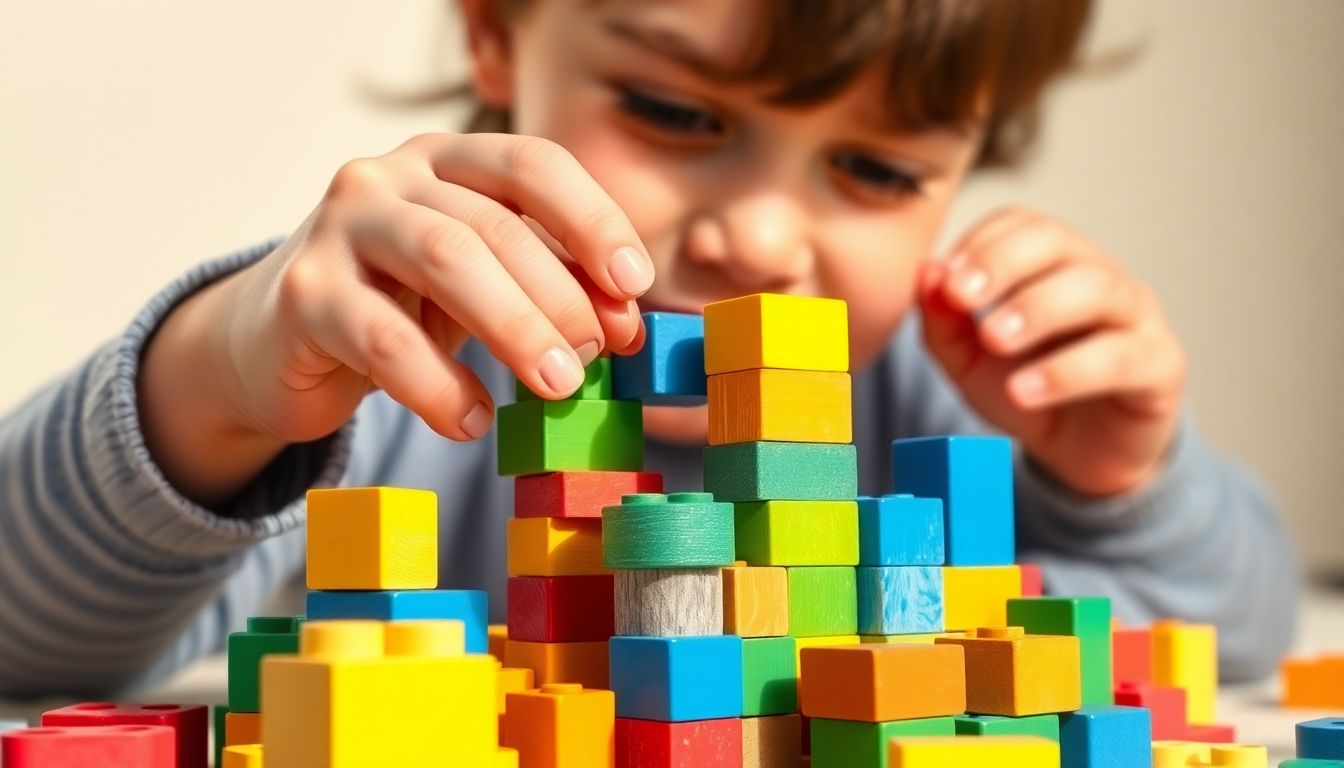Ever seen a toddler attempt to wield a spoon? Or a child wobble as they learn to ride a bike? These are demonstrations of motor skills in action. They are vital for kids’ development and independence. Here’s how motor skills work, some milestones for development, and how to help kids acquire them. We’ll also discuss when to get professional help.
What are Gross Motor Skills?
Big movements: gross motor skills. Think: running, jumping, and throwing. These actions use large muscle groups. They are essential for daily life. Strong gross motor skills allow children to explore their environment.
Gross Motor Developmental Milestones
Children reach gross motor milestones at different ages. Rolling over occurs between 3-6 months. Next comes sitting, typically between 6-8 months. Crawling usually begins around 7-10 months. That’s about the time walking emerges, which typically happens around 12-15 months. Most kids learn to run and jump between the ages of 2-3 years. Note that these are general ranges!
Gross Motor Skill Development Activities
Play is key! Playground games such as tag and hopscotch promote gross motor development. Soccer and basketball are also great options. Dancing and obstacle courses work well too. Active play fosters coordination and strength.
Practical Example: The Playground
Playgrounds are the outdoor gym for children. Climbing strengthens the upper body. Swinging enhances balance, coordination, and core strength. Running helps with cardiovascular health. A playground is an exciting way to build important gross motor skills.
Mastering Fine Motor Skills
Fine motor skills are small movements. These actions engage the hands and fingers. Fine motor skills include writing, buttoning your shirt, using scissors, etc. They require precision and dexterity.
Fine Motor Skills By Age: Developmental Stages
Fine motor skills develop little by little. At a young age, grasping is a skill that first appears around 4-6 months. Reaching for objects follows. The pincer grasp, using the thumb and forefinger, comes by 9-12 months. Drawing starts with scribbles and evolves into shapes. Writing comes after that, at about 4-6 years of age.
Activities to Improve Fine Motor Skills
There’s a multitude of activities that can help build these skills. Drawing and painting promote creativity and control. Building with blocks develops spatial reasoning. Sculpting with playdough engages and strengthens hand muscles. Using scissors provides excellent coordination.
Development of Pencil Grip
A functional pencil grip is crucial for writing. At first, children might grip with a fist. They will slowly transition to a more mature tripod grasp. This usually emerges between ages 4 and 6.
Motor Skill and Cognitive Development Connection
Motor skills are more than muscles. They also enhance brain development. They help with problem-solving, spatial reasoning, and language skills. Brain growth is aided by physical movement.
Movement as the Key to Learning
Science shows that exercise is good for the brain. Embodied cognition proposes that our mind is tied to our body. When we move, we learn and recall better. Movement is vital for brain development.
Tip in Action: Include More Movement in Learning
Add movement to learning! Use gestures to teach vocabulary. Build models to understand spatial concepts. Act out stories to help with comprehension. Learning is more fun and effective with movement.
Identifying Potential Issues
Some kids are delayed in their motor skills. Spotting these early is key. If you’re worried, get professional help. It is always good to get a second opinion.
Red Flags to Watch For
Watch for red flags. Struggling with simple movements can be a symptom. Poor coordination is another concern. The absence of physical activity can also be a sign of a problem. All of these are symptoms worth assessing.
How Occupational Therapy Can Help
Occupational therapy (OT) is one avenue for finding relief. OTs work with kids to develop their motor skills through fun and engaging activities. OT can really help with a child’s development.
Establishing a Nurturing Space for Movement Skills
Make space for movement. Ensure it is safe. Provide children with opportunities to experiment and practice. Create an environment that enables growth.
The Importance of Play
Unstructured play is vital. It nurtures creativity and problem-solving. It also improves motor skills. Children learn through play, so let them.
Actionable Tip: Encouraging Exploration
Offer open-ended toys. Make a space safe for moving. Allow children to self-explore and try things out. Design diverse experiences to enhance learning.
Conclusion
Early motor skills are highly significant for development. Knowing about milestones is an important way to support your child. Provide opportunities for practice. Seek help when needed. Support play, discovery, and development. Interventions should be fun and age-appropriate.
